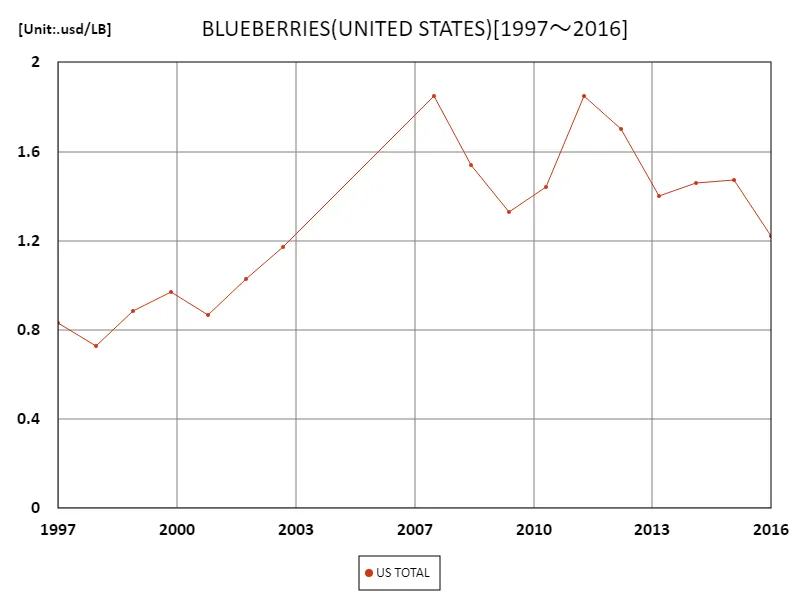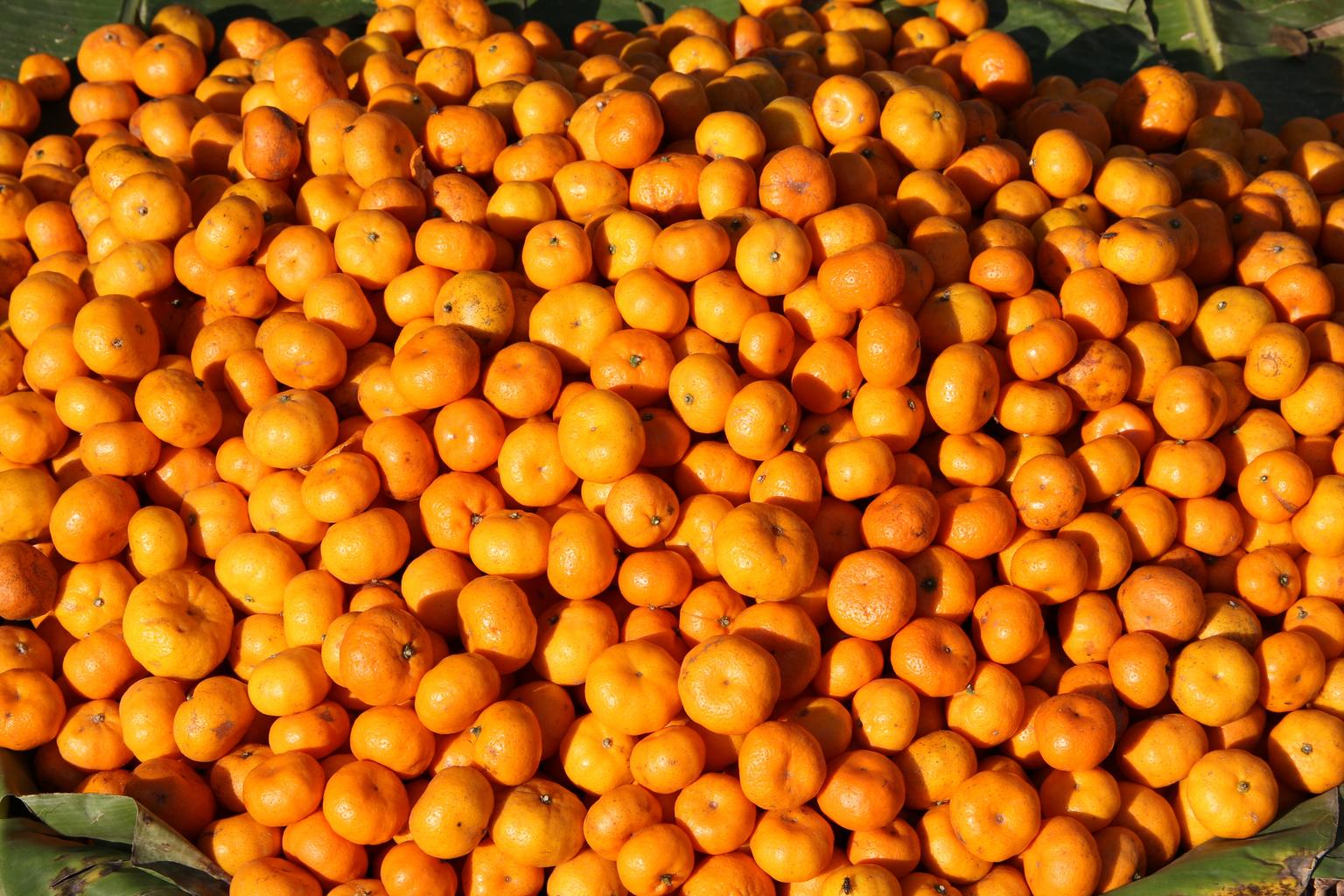Abstract
American mandarin orange production has remained stable year after year. According to the latest data for 2024, the total annual mandarin orange production in the United States will be 904kt, the highest figure compared to historical data. In the United States, the warm climate of the South is ideal for mandarin orange farming, with Florida and California known as major production areas. Technological innovation and increased agricultural efficiency have resulted in improved quality and a stable supply. Due in part to growing health awareness among consumers, American mandarins have become highly popular both at home and abroad.
Tangerine production volume
Between 2008 and 2024, annual U.S. mandarin and tree nut production fluctuates. At its peak in 2021, the US as a whole produced 1.19 mt, but current production is down to 75.7% of that peak. This decline is likely due to changes in climatic conditions and agricultural practices. In particular, climate change is having an increasing impact on agriculture, which is affecting production volumes. Other factors include changes in consumer tastes and market competition. On the other hand, technological innovation and sustainable agricultural practices have improved productivity, helping to maintain a certain degree of stability. These factors combine to keep U.S. mandarin and nut production fluctuating but generally staying within a stable range.


The maximum is 1.85usd/LB[2007] of US TOTAL, and the current value is about 65.9%



Comments